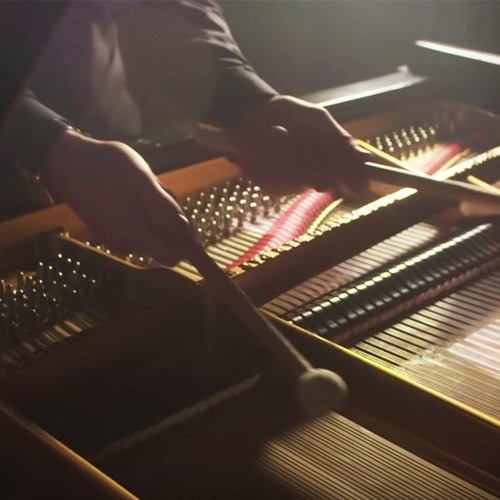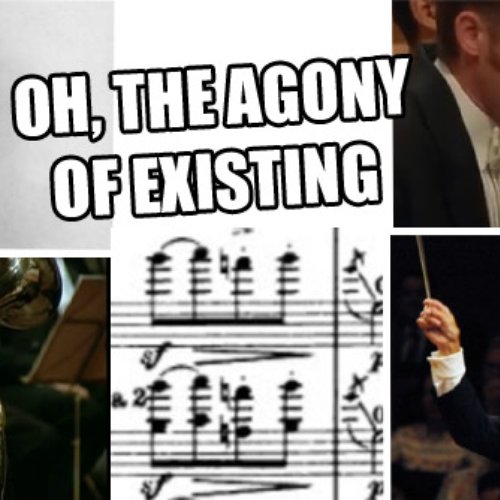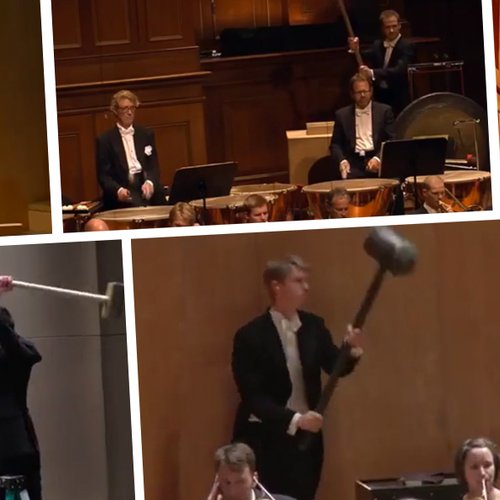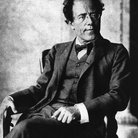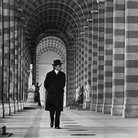How To Buy Mahler Symphony No. 5
Mahler’s Symphony No. 5 is a work of intense emotions and huge orchestral scope that proves a challenge to even the greatest orchestras and conductors.
"Nobody understands it... I wish I could conduct the first performance 50 years after my death." So said Mahler of his Fifth Symphony, yet it has become one of his best-loved works.
This is due in no small part to the glorious fourth movement, the Adagietto. Composed as a love letter to his wife, it is undoubtedly Mahler’s most popular piece of music, mainly thanks to its extensive use in director Luchino Visconti’s 1971 film Death in Venice.
Mahler began work on his Fifth Symphony during the summer of 1901, which he spent at his cabin in the woods above the village of Maiernigg on Lake Wörthersee in Austria. He returned to the cabin the following summer with his new wife, Alma. It was there that he completed the symphony and played it to her on the piano. The first performance took place in Cologne in 1904, with the composer himself conducting.
Mahler’s Fifth is a kaleidoscope of symphonic writing, and all five recordings selected here take us through the emotional turmoil that lies within. John Barbirolli’s 1969 recording with the New Philharmonia is measured and serious, but that’s not to say it lacks the spirit and passion that this complex symphony demands.
The first movement Funeral March is particularly intense and powerful. Claudio Abbado and the Berlin Philharmonic turn in an equally thoughtful performance, perhaps not as emotionally stirring as others, but full of stylish, high quality playing. The graceful waltz in the third movement Scherzo is deftly handled by Abbado, as it is by Leonard Bernstein, but the latter also excels more in the nervous, tense atmosphere of the second movement.
Mahler’s palette here is rich and colourful, and is brilliantly realised in Riccardo Chailly’s recording with the Royal Concertgebouw Orchestra. The stunning recorded sound captures more of the inner detail, as does Simon Rattle’s recording with the Berlin Philharmonic, with Rattle offering a more characterful and intense interpretation – particularly in the final fifth movement.
And what of the Adagietto? Well, Abbado’s is the fastest, with Bernstein coming in over two minutes slower. Chailly is, perhaps, slightly more detached and Rattle is the purveyor of elegance and serenity. They all, however, convey the passion and beauty of this movement.
There are some other fine versions, but the one that edges out ahead of a strong field is the live recording made at Rattle’s first concert as principal conductor of the Berlin Philharmonic in 2002. You can certainly hear why this partnership is one of the greatest in the world of classical music today.


